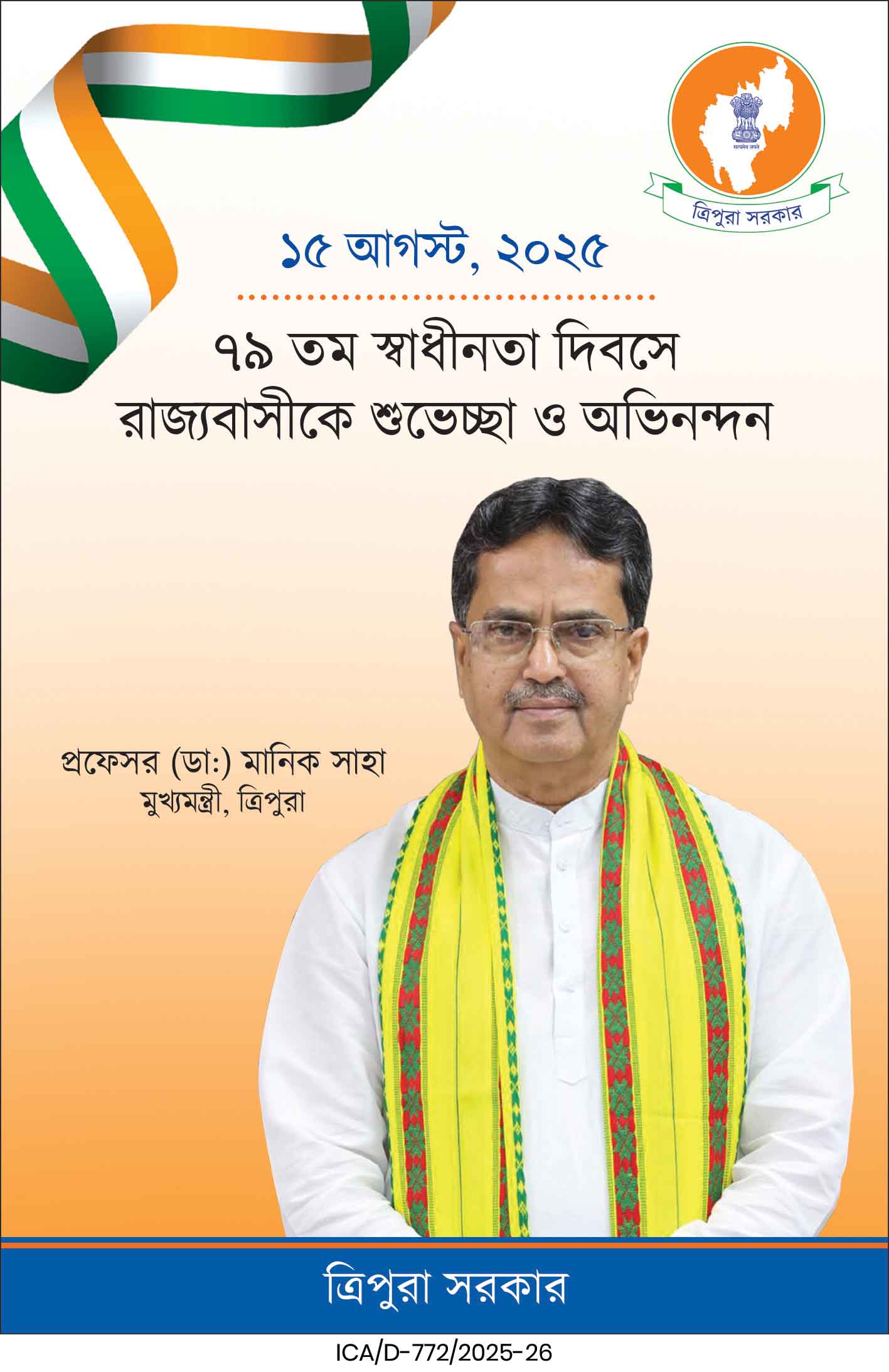The Union Cabinet has approved ₹4,250 crore under Special Development Packages for Assam and Tripura to boost infrastructure, create jobs, and uplift vulnerable communities. The funds will support tribal development, peace accords, education, healthcare, and tourism, aiming to bring long-term stability and economic growth to the region.
In a push towards inclusive development and regional equity, the Union Cabinet on Friday approved four new components under the existing Central Sector Scheme of Special Development Packages (SDPs) for Assam and Tripura, with a total outlay of ₹4,250 crore. The move is aimed at boosting infrastructure, generating employment, and empowering vulnerable and marginalised communities in both states.
According to an official Cabinet statement, the scheme will focus on improving the socio-economic conditions of tribal and rural populations, particularly those who have historically not benefited adequately from various government initiatives. The scheme will also address critical gaps in infrastructure, education, healthcare, skill development, and livelihood opportunities for women and youth.
Major Financial Allocations
Under the approved components, ₹500 crore will be allocated for the development of infrastructure in Adivasi-inhabited villages and areas of Assam, as per the Memoranda of Settlement (MoS) signed by the Central and Assam governments with various Adivasi groups in the state. This is expected to directly benefit lakhs of people from the Adivasi and Dimasa communities across several districts.
Another ₹500 crore has been earmarked for the North Cachar Hills Autonomous Council (NCHAC) region to develop infrastructure in areas inhabited by the Dimasa National Liberation Army (DNLA) and Dimasa People’s Supreme Council (DPSC) communities. These funds will be used as part of the MoS signed with the two groups to promote lasting peace and development.
The largest share—₹3,000 crore—will be invested in infrastructure projects across Assam in line with the MoS signed between the Centre, the Assam government, and United Liberation Front of Assam (ULFA) groups. These funds will aim to transform connectivity, social services, and economic activities in affected areas.
For Tripura, ₹250 crore has been sanctioned for the development of tribal communities in accordance with the MoS signed by the Centre and the state with the National Liberation Front of Tripura (NLFT) and All Tripura Tiger Force (ATTF). The initiative will prioritise livelihood enhancement, skill training, and basic infrastructure in tribal belts.
Overall Investment Structure
The total outlay for the four components is ₹7,250 crore, with ₹4,250 crore being provided under the existing Central Sector Scheme—₹4,000 crore for Assam and ₹250 crore for Tripura—while the remaining ₹3,000 crore will come from Assam’s own resources.
The allocation for Assam—₹4,000 crore—will be spread over a five-year period from the Financial Year (FY) 2025-26 to 2029-30, while Tripura’s ₹250 crore package will be implemented over four years from FY 2025-26 to 2028-29.
Expected Impact
The Cabinet stated that the initiative will promote social equity and bridge the development gap for communities that have remained marginalised despite past government schemes. By enhancing access to healthcare, education, skilling, and livelihood opportunities, the project is expected to uplift rural economies and improve living standards.
Employment generation will be a major focus, with opportunities being created in infrastructure construction, tourism, and small-scale industries. Women and youth will be specifically targeted through skill training programmes, entrepreneurship support, and income-generation schemes.
Tourism is also set to receive a boost, with better connectivity and facilities expected to attract visitors from across India, thereby contributing to the local economy.
Political and Strategic Significance
The Cabinet’s decision follows multiple peace agreements signed over the past few years with insurgent and separatist groups in Assam and Tripura. By tying these financial commitments to the terms of the peace accords, the Centre aims to strengthen stability, ensure trust-building, and deliver tangible benefits to former conflict zones.
| Also Read: Arunachal unveils ‘State Youth Policy 2025’ to Transform Education |
The move also underscores the government’s broader strategy of integrating development with peacebuilding, ensuring that communities affected by decades of unrest have access to the same opportunities as the rest of the country.
With the approved funds and collaborative approach between the Centre and the states, the coming years could mark a transformative phase for the Adivasi, Dimasa, ULFA-affected, and tribal regions of Assam and Tripura.





